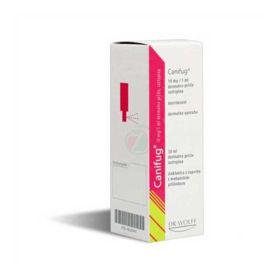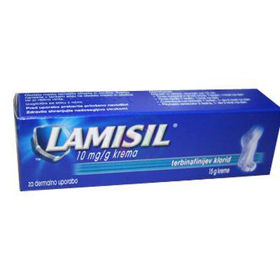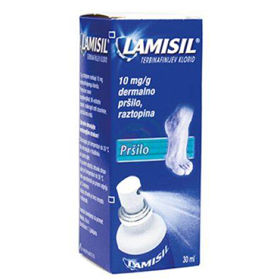Most yeast infections are not dangerous and can be easily treated with creams. A fungal skin infection often looks bright red or brown and can spread over a large skin area.
Anyone can develop a fungal rash. Fungi are everywhere – in the air and water and on the human body. About half of the fungi are harmful. If one of the harmful fungi lands on your skin, it can cause a fungal infection, leading to a rash and itching.
Image: the appearance of skin mold

Superficial skin infections are cited as the most common infection, affecting up to 20-25% of the world's population at any given time. The rash can appear anywhere on the body but is more common in areas with skin folds, such as the groin, buttocks, or thighs.
What causes skin mold?
When your skin comes into contact with a more invasive fungus, the infection can cause a rash. For example, if you have borrowed shoes from someone who suffers from an athlete's foot, the fungus can come into contact with your foot and infect you. Rashes are often transmitted from person to person or from animal to person by direct contact.
You may be at higher risk of developing a skin rash if:
- you have a weakened immune system
- you are overweight
- you have diabetes
- tried a new skincare product
- you are dealing with incontinence (babies often get diaper rash with this)
- you are taking high doses of antibiotics
- perspire profusely
- you are pregnant
Because mold thrives in warm, moist environments, fungal skin infections can often develop in moist areas without airflow. Examples include the feet, groin, and skin folds. Fungal skin infection is often acquired through direct contact.













